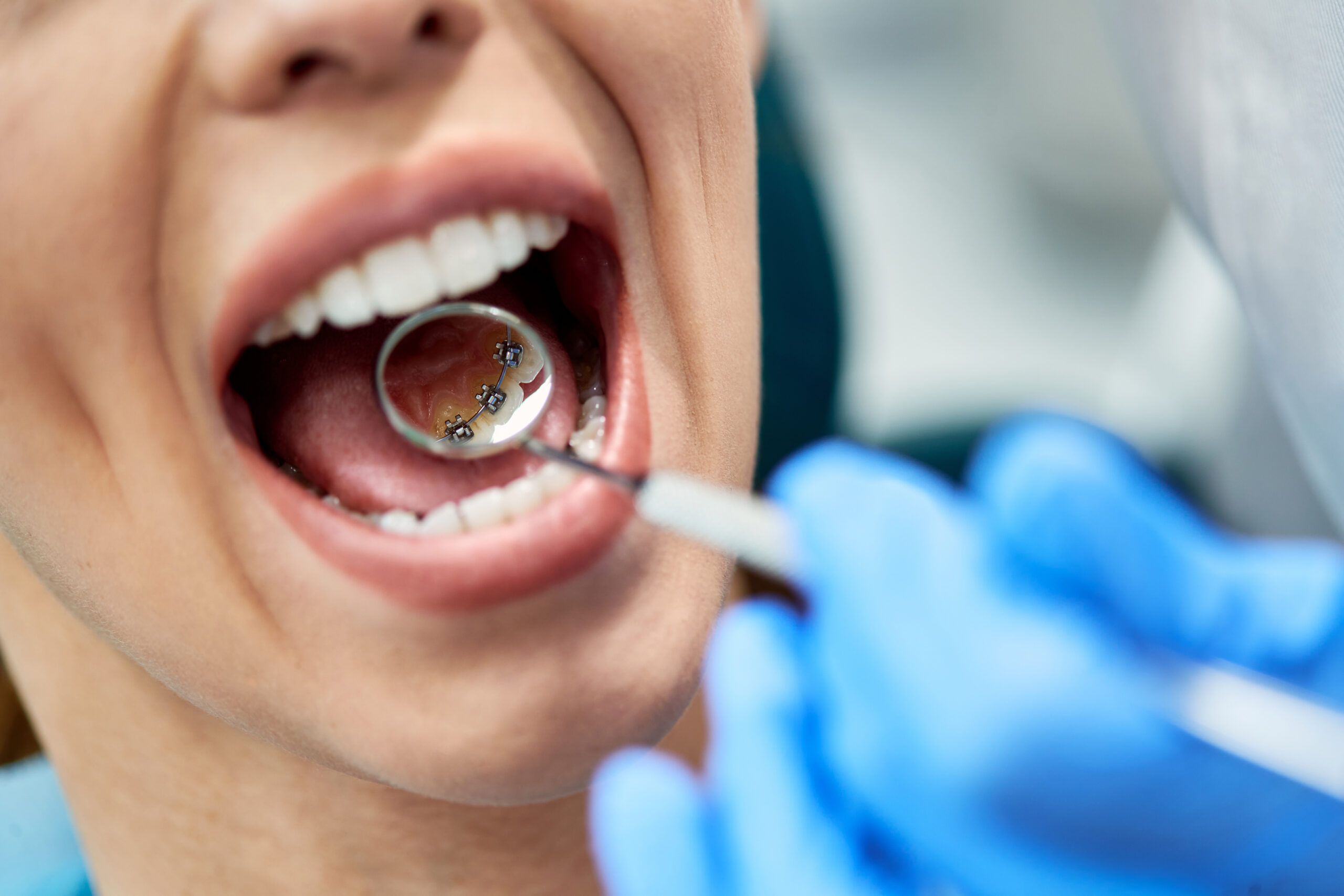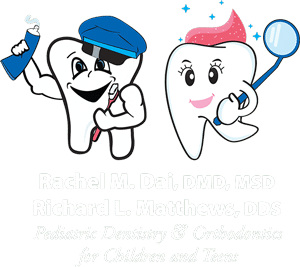Legacy Orthodontics Fundamentals Explained
Legacy Orthodontics Fundamentals Explained
Blog Article
Everything about Legacy Orthodontics
Table of ContentsIndicators on Legacy Orthodontics You Need To KnowThe smart Trick of Legacy Orthodontics That Nobody is Talking AboutThe Single Strategy To Use For Legacy OrthodonticsLegacy Orthodontics - An OverviewGetting My Legacy Orthodontics To Work
At Advanced Orthodontics, we supply clients with a alternative therapy experience. On top of that, we provide flexible therapy schedules, adaptable payment options and a fun, pleasurable experience. orthodontist. Telephone call ( 480) 357-4900 today to learn more and schedule an appointment.An orthodontist is a dentist educated to detect, stop, and treat teeth and jaw irregularities. Orthodontists work with individuals of all ages, from children to adults.
Malocclusion, or misaligned teeth, can lead to dental concerns, consisting of tooth decay, gum tissue disease, and challenging or agonizing eating. However not everybody is born with straight teeth. If you have a negative bite or big rooms in between your teeth, you might intend to speak with a dental professional focusing on orthodontic treatment.
The 9-Minute Rule for Legacy Orthodontics
( Picture Credit: DigitalVision/Getty Images) Orthodontists make use of repaired and removable oral gadgets, like dental braces, retainers, and bands, to transform the placement of teeth in your mouth. Orthodontic treatment is for dental abnormalities, consisting of: Misaligned teethBite issues, like an overbite or an underbiteCrowded teeth or teeth that are as well far apartJaw misalignmentThe objective of orthodontic treatment is to boost your bite.
A healthy bite guarantees you can consume, eat, and speak properly. While you may believe of orthodontists as mostly for children or teens that need braces, they can remedy oral problems at any age. Orthodontists participate in university, dental college, and orthodontic college. After graduation, they spend 2 or 3 years in an orthodontic residency program.
All orthodontists are dental professionals, but not all dental practitioners are orthodontists. Orthodontic residency programs provide intensive, focused instruction for oral specialists. They concentrate on two locations: Exactly how to appropriately and safely move teeth Just how to effectively assist development in the teeth, jaw, and faceOnce an orthodontist has finished training, they have the option to end up being board certified.
Rumored Buzz on Legacy Orthodontics
Imbalance, or malocclusion, is one of the most typical reason people see an orthodontist. It is genetic and is the result of size distinctions in between the top and lower jaw or between the jaw and teeth. Malocclusion leads to tooth overcrowding, a twisted jaw, or irregular bite patterns. Malocclusion is typically treated with: Your orthodontist attaches metal, ceramic, or plastic square bonds to your teeth.
If you have only small malocclusion, you might be able to utilize clear braces, called aligners, as opposed to traditional braces (https://www.4shared.com/u/B74XyKlV/brianmccune20176.html). Some people require a headwear to assist relocate teeth into line with stress from outside the mouth. After braces or aligners, you'll require to put on a retainer. A retainer is a custom-made gadget that keeps your teeth in area.
They can create additional room in the mouth without having to pull teeth. Orthodontists utilize wires, surgical screws, or plates to sustain your jaw bone.
You might need to orthodontist see an orthodontist if you have: Crowding or not enough space for every one of your teethOverbite, when your top teeth come by your base teethUnderbite, when your bottom teeth are as well much forwardSpacing or issues with gapsCrossbite, which is when your top teeth fit behind your bottom teeth when your mouth is closedOpen bite or a vertical void between your front bottom and upper teethMisplaced midline, when the center of your bottom and upper teeth don't line up Correcting a dental malocclusion can: Make biting, chewing, and speaking easierImprove the balance of our face and your total appearanceEase discomfort from temporomandibular joint problemsSeparate your teeth and make them easier to clean, helping protect against dental cavity or tooth cavities It's frequently a dental practitioner who first notices misaligned teeth during a routine exam.
Little Known Questions About Legacy Orthodontics.

Throughout your initial orthodontic examination, you'll likely have: An oral examPhotos taken of your face and smileDental X-raysPanoramic (360 level) X-rays of your face and headImpressions to produce molds of your teethThese examinations will aid your orthodontist recognize just how to continue with your treatment. orthodontist. An orthodontist is a dentist who's had training to treat your teeth and jaw
Orthodontists might carry out surgical treatment, exams,X-rays,and even more to aid you obtain an extra comfortable, much healthier smile. An orthodontist is concentrated on your bite, so something like a damaged tooth would be managed by a dental expert. Orthodontists are dental practitioners yet not all dental experts are orthodontists. Orthodontists are focused on your bite, or the means your teeth meshed, and the straightness of your teeth.
Ever asked yourself exactly how celebrities constantly appear to have completely aligned teeth? The solution often exists in the proficient hands of an orthodontist. What specifically does an orthodontist do? Orthodontists are oral professionals who focus on correcting irregularities in the teeth and jaws. Their proficiency exceeds simply creating an attractive smile; it extends to enhancing your total oral health and wellness and feature.
What Does Legacy Orthodontics Mean?

While dental braces are the most commonly acknowledged orthodontic therapy, orthodontists have a varied toolkit at their disposal. The particular technique chosen depends on the seriousness of the case, the patient's age, and specific choices. These tried-and-true braces make use of a system of braces adhered to the teeth and connected by wires.
Clear aligners, like Invisalign, are a preferred choice for individuals seeking an extra very discreet treatment option. These detachable trays are custom-made to progressively change the teeth's placement. Headgear may be utilized along with dental braces or aligners to use additional targeted forces, especially for correcting jaw disparities. In cases of narrow jaws, palatal expanders can be utilized to produce area for proper tooth positioning.
Report this page